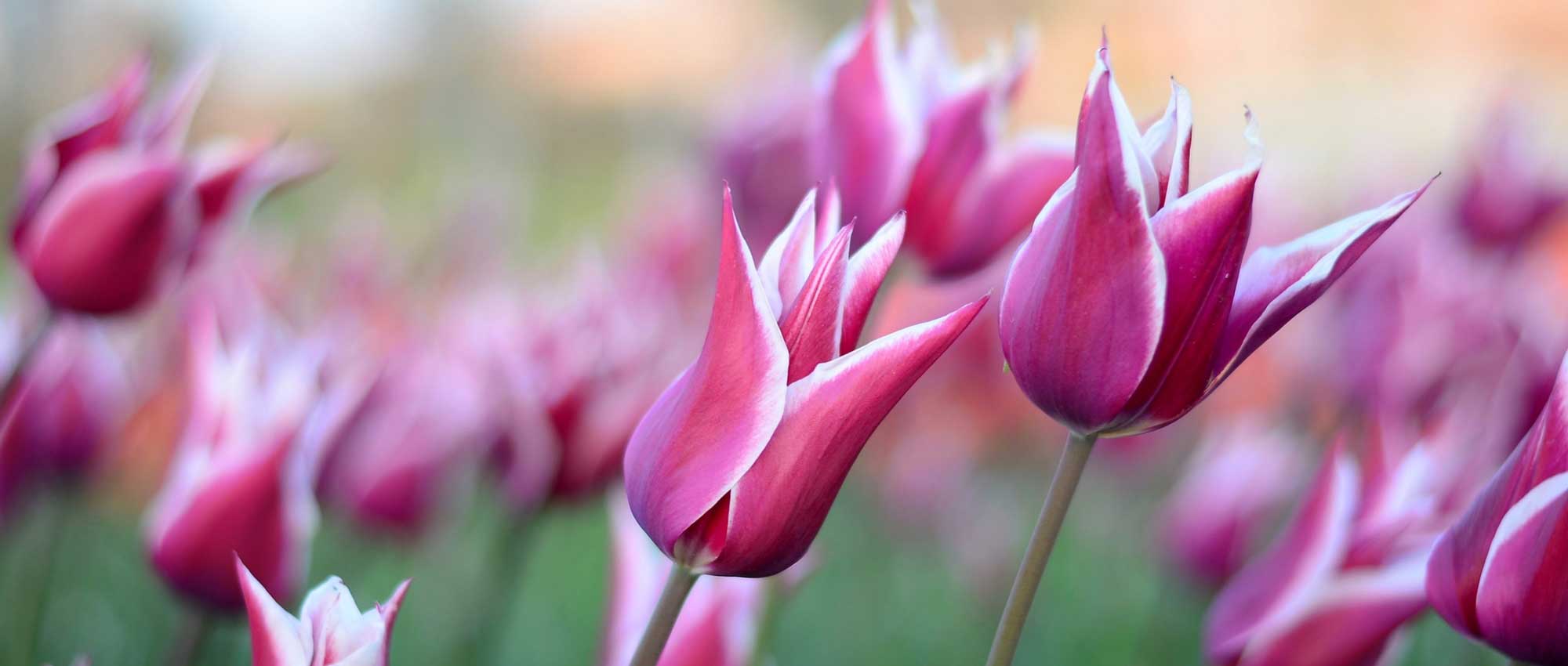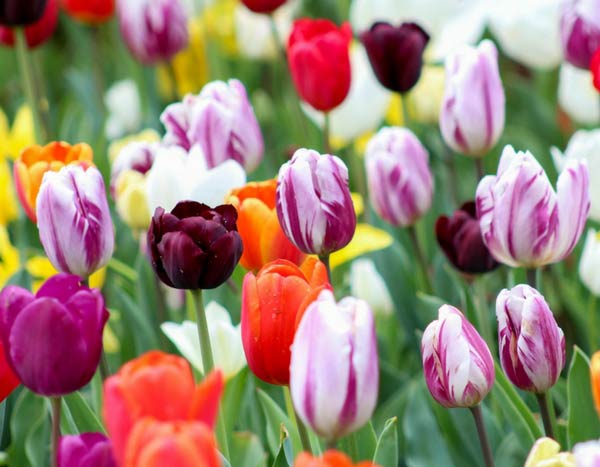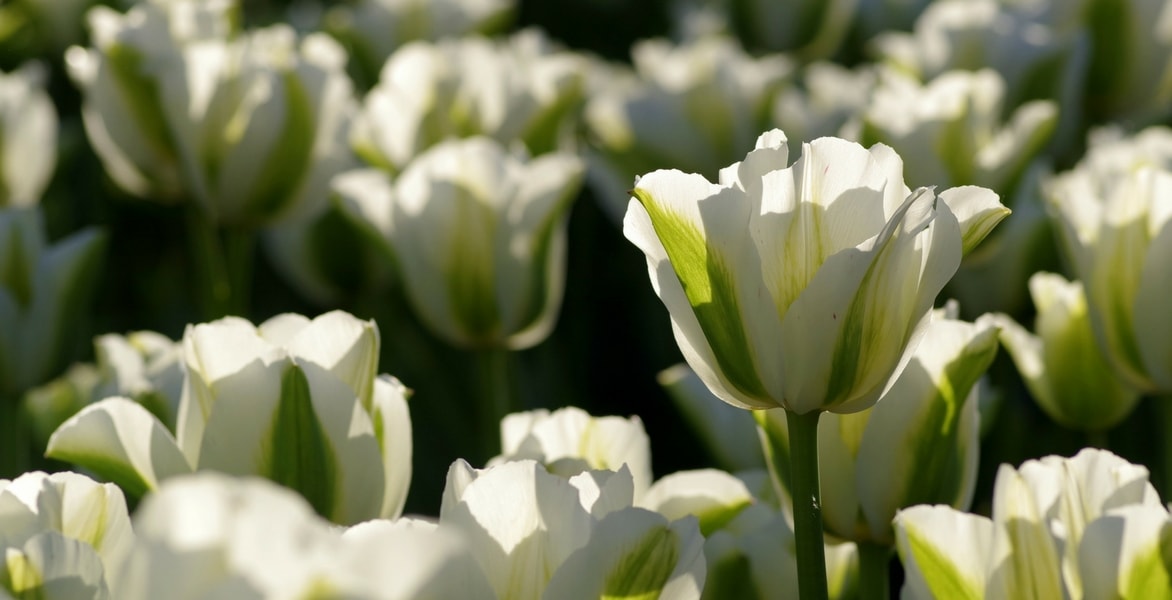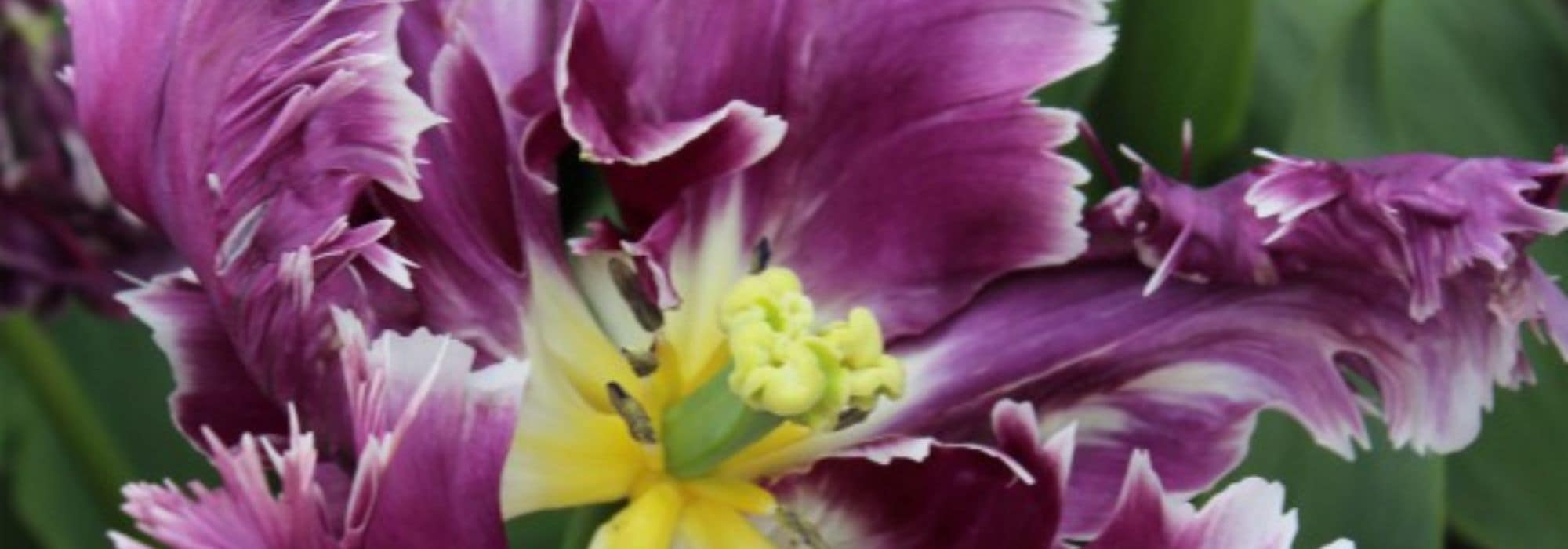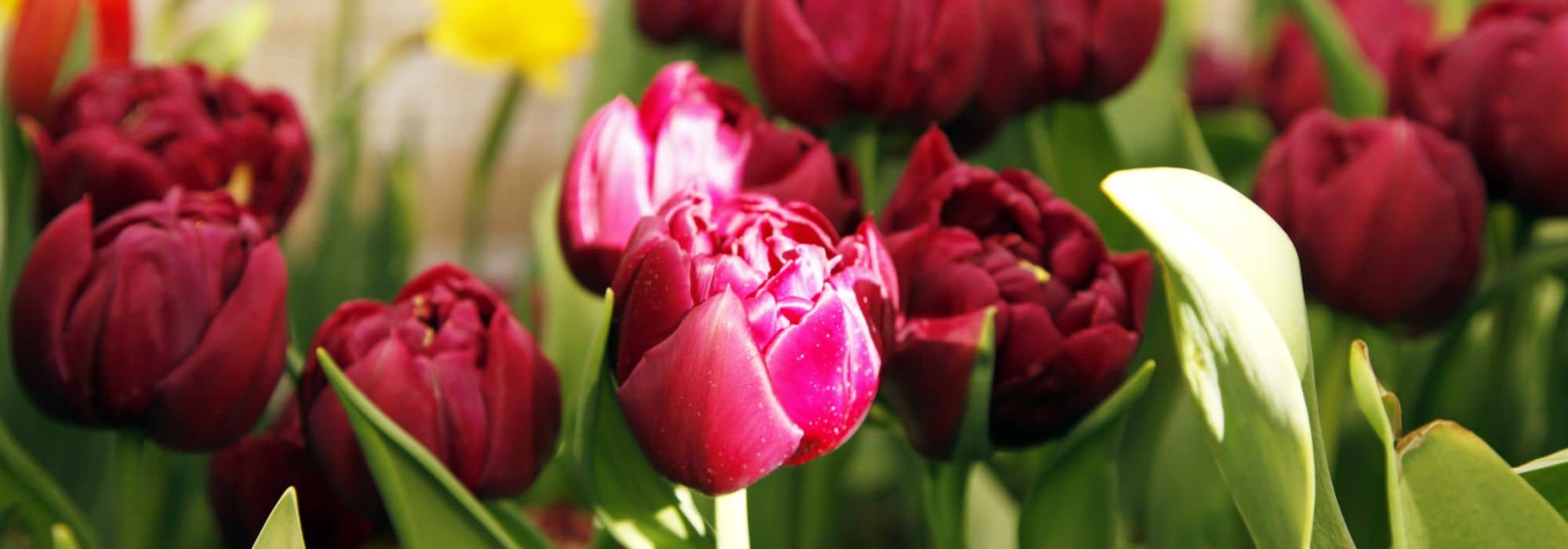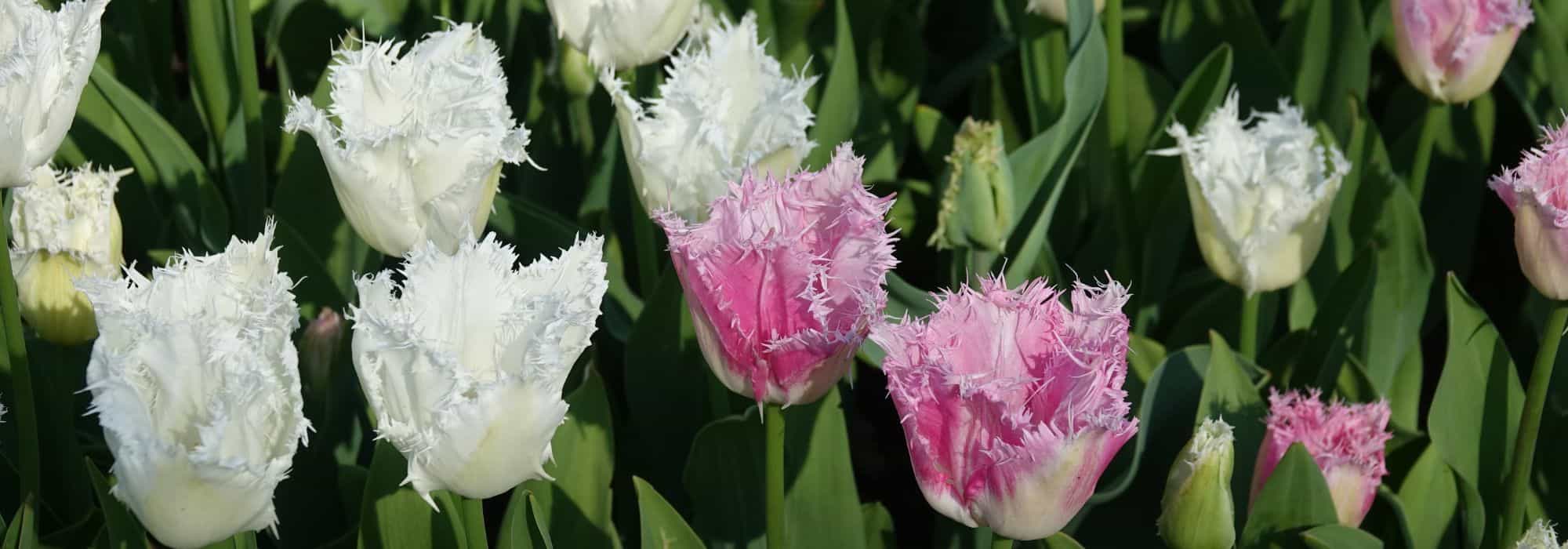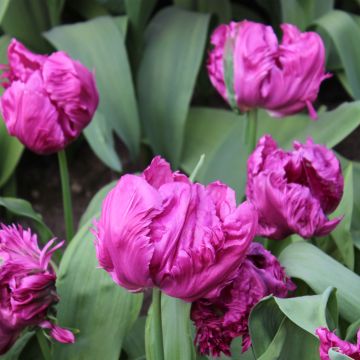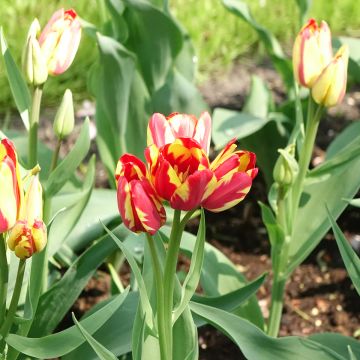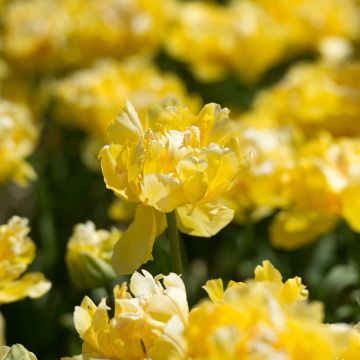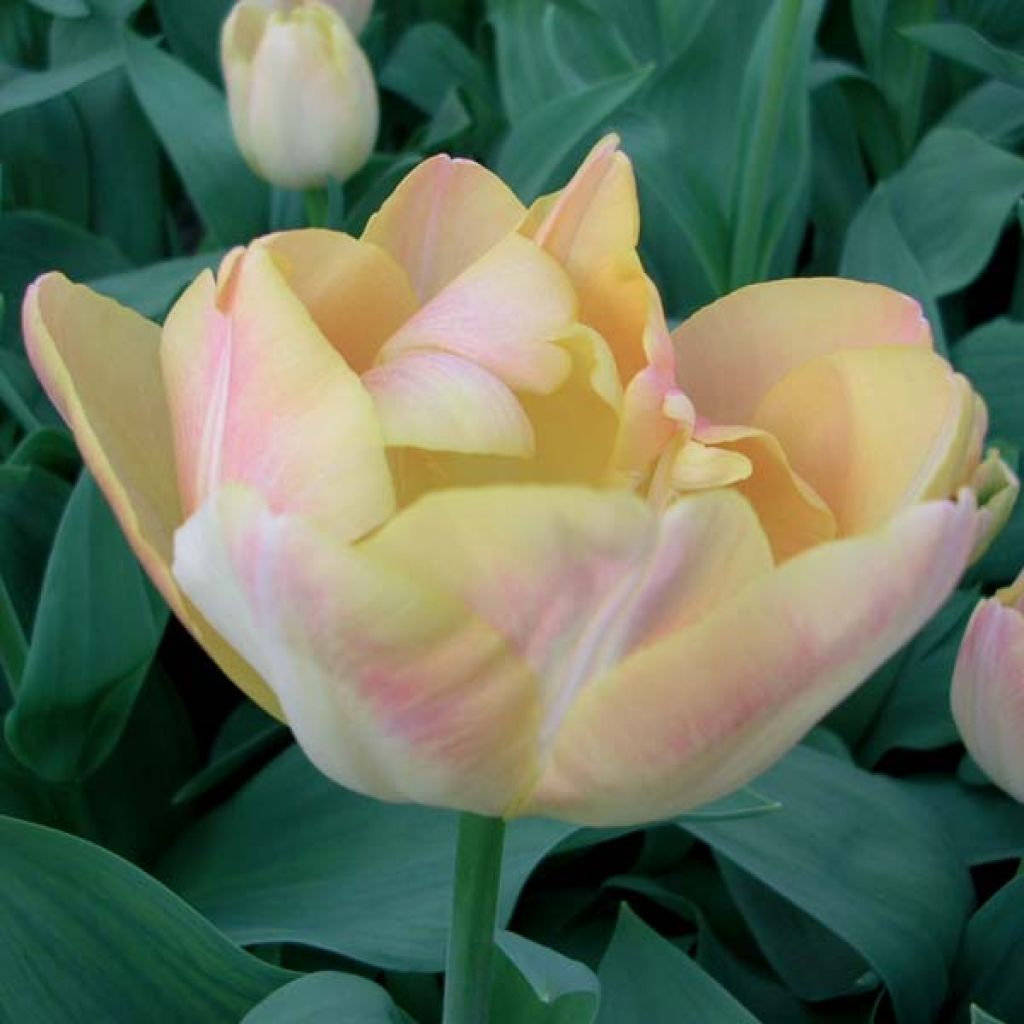

Tulipa Crème Upstar
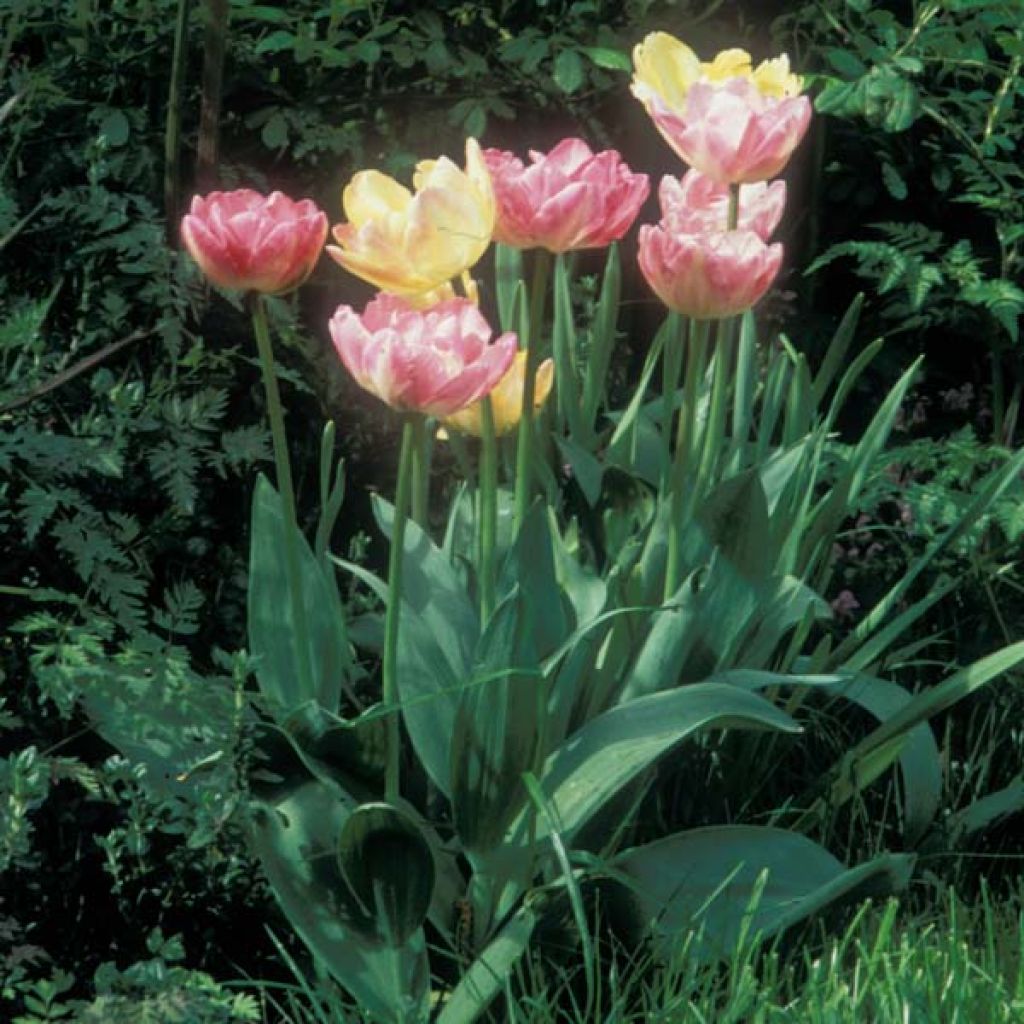

Tulipa Crème Upstar
Tulipa Crème Upstar
Tulipa double tardive Crème Up Star
Well-developed, with very delicate and shifting colors.
Marie, 11/05/2025
Special offer!
Receive a €20 voucher for any order over €90 (excluding delivery costs, credit notes, and plastic-free options)!
1- Add your favorite plants to your cart.
2- Once you have reached €90, confirm your order (you can even choose the delivery date!).
3- As soon as your order is shipped, you will receive an email containing your voucher code, valid for 3 months (90 days).
Your voucher is unique and can only be used once, for any order with a minimum value of €20, excluding delivery costs.
Can be combined with other current offers, non-divisible and non-refundable.
Home or relay delivery (depending on size and destination)
Schedule delivery date,
and select date in basket
This plant carries a 6 months recovery warranty
More information
We guarantee the quality of our plants for a full growing cycle, and will replace at our expense any plant that fails to recover under normal climatic and planting conditions.
Does this plant fit my garden?
Set up your Plantfit profile →
Description
Tulipa 'Crème Upstar' is a variety with peony-like flowers in a delightful pastel colour, which is uncommon for tulips. Its creamy-white corollas combine different soft shades, such as apricot, pink, and tender yellow. These nuances intensify during flowering. It is an ideal companion for T. 'Angelique' and T. 'Orange Angelique', as they enhance each other's beauty. It flowers in May-June.
It belongs to the Liliaceae family. It is of horticultural origin, obtained in 1994 in the Netherlands. It is currently classified as a 'Late Double Tulip', whose main characteristic is to have very double and ruffled flowers, carried by sturdy stems. Tulipa 'Crème Upstar' is short (40cm (16in)). Its flowers are large, fully double, and fully open. This variety shows excellent endurance. Its changing colour palette includes cream, pale-yellow, and pearl-pink on the outside, with a tender yellow interior corolla. The fragrance adds an extra charm. It is a true favourite, especially when its buds slowly open in a vase, gradually shedding petals like a shower of pearls. The flowering starts relatively late, in May, when other tulips have long faded.
Late double tulips bring fantasy and romance to pots or sunny gardens, in the company of the most beautiful spring blooms or pastel tulips like 'Double Sugar', 'Orange Angelique', and 'Maureen Double'. Alternatively, choose dark varieties like 'Queen of the Night'. Consider the height and flowering period when designing your flower beds, as these parameters vary significantly from one cultivar to another. It is wise to plant a few more bulbs for bouquets, as they last a long time in a vase, which is where the scented flowers of this variety will bring the greatest satisfaction.
Sold in sets of 10, 30, and 100 bulbs.
Plant habit
Flowering
Foliage
Botanical data
Tulipa
double tardive
Crème Up Star
Liliaceae
Cultivar or hybrid
Planting and care
Plant your tulips as soon as possible in well-drained soil. Loosen the soil deeply. Plant them at a depth of 15cm (6in) (the bulbs should be covered with twice their height in soil). Space the bulbs a few centimetres apart, making sure they do not touch each other. Choose a sunny exposure for better flowering. After flowering, cut the flower stalks and let the leaves dry completely before cutting them.
Their foliage becomes unsightly after flowering. We recommend planting heucheras, tiarellas, brunneras, bleeding hearts, and cypress spurge in the foreground of your flower beds. Their foliage will enhance the colours of your tulips, and will elegantly conceal the yellowed leaves.
Planting period
Intended location
Care
Planting & care advice
-
, onOrder confirmed
Reply from on Promesse de fleurs
Similar products
Haven't found what you were looking for?
Hardiness is the lowest winter temperature a plant can endure without suffering serious damage or even dying. However, hardiness is affected by location (a sheltered area, such as a patio), protection (winter cover) and soil type (hardiness is improved by well-drained soil).

Photo Sharing Terms & Conditions
In order to encourage gardeners to interact and share their experiences, Promesse de fleurs offers various media enabling content to be uploaded onto its Site - in particular via the ‘Photo sharing’ module.
The User agrees to refrain from:
- Posting any content that is illegal, prejudicial, insulting, racist, inciteful to hatred, revisionist, contrary to public decency, that infringes on privacy or on the privacy rights of third parties, in particular the publicity rights of persons and goods, intellectual property rights, or the right to privacy.
- Submitting content on behalf of a third party;
- Impersonate the identity of a third party and/or publish any personal information about a third party;
In general, the User undertakes to refrain from any unethical behaviour.
All Content (in particular text, comments, files, images, photos, videos, creative works, etc.), which may be subject to property or intellectual property rights, image or other private rights, shall remain the property of the User, subject to the limited rights granted by the terms of the licence granted by Promesse de fleurs as stated below. Users are at liberty to publish or not to publish such Content on the Site, notably via the ‘Photo Sharing’ facility, and accept that this Content shall be made public and freely accessible, notably on the Internet.
Users further acknowledge, undertake to have ,and guarantee that they hold all necessary rights and permissions to publish such material on the Site, in particular with regard to the legislation in force pertaining to any privacy, property, intellectual property, image, or contractual rights, or rights of any other nature. By publishing such Content on the Site, Users acknowledge accepting full liability as publishers of the Content within the meaning of the law, and grant Promesse de fleurs, free of charge, an inclusive, worldwide licence for the said Content for the entire duration of its publication, including all reproduction, representation, up/downloading, displaying, performing, transmission, and storage rights.
Users also grant permission for their name to be linked to the Content and accept that this link may not always be made available.
By engaging in posting material, Users consent to their Content becoming automatically accessible on the Internet, in particular on other sites and/or blogs and/or web pages of the Promesse de fleurs site, including in particular social pages and the Promesse de fleurs catalogue.
Users may secure the removal of entrusted content free of charge by issuing a simple request via our contact form.
The flowering period indicated on our website applies to countries and regions located in USDA zone 8 (France, the United Kingdom, Ireland, the Netherlands, etc.)
It will vary according to where you live:
- In zones 9 to 10 (Italy, Spain, Greece, etc.), flowering will occur about 2 to 4 weeks earlier.
- In zones 6 to 7 (Germany, Poland, Slovenia, and lower mountainous regions), flowering will be delayed by 2 to 3 weeks.
- In zone 5 (Central Europe, Scandinavia), blooming will be delayed by 3 to 5 weeks.
In temperate climates, pruning of spring-flowering shrubs (forsythia, spireas, etc.) should be done just after flowering.
Pruning of summer-flowering shrubs (Indian Lilac, Perovskia, etc.) can be done in winter or spring.
In cold regions as well as with frost-sensitive plants, avoid pruning too early when severe frosts may still occur.
The planting period indicated on our website applies to countries and regions located in USDA zone 8 (France, United Kingdom, Ireland, Netherlands).
It will vary according to where you live:
- In Mediterranean zones (Marseille, Madrid, Milan, etc.), autumn and winter are the best planting periods.
- In continental zones (Strasbourg, Munich, Vienna, etc.), delay planting by 2 to 3 weeks in spring and bring it forward by 2 to 4 weeks in autumn.
- In mountainous regions (the Alps, Pyrenees, Carpathians, etc.), it is best to plant in late spring (May-June) or late summer (August-September).
The harvesting period indicated on our website applies to countries and regions in USDA zone 8 (France, England, Ireland, the Netherlands).
In colder areas (Scandinavia, Poland, Austria...) fruit and vegetable harvests are likely to be delayed by 3-4 weeks.
In warmer areas (Italy, Spain, Greece, etc.), harvesting will probably take place earlier, depending on weather conditions.
The sowing periods indicated on our website apply to countries and regions within USDA Zone 8 (France, UK, Ireland, Netherlands).
In colder areas (Scandinavia, Poland, Austria...), delay any outdoor sowing by 3-4 weeks, or sow under glass.
In warmer climes (Italy, Spain, Greece, etc.), bring outdoor sowing forward by a few weeks.






























